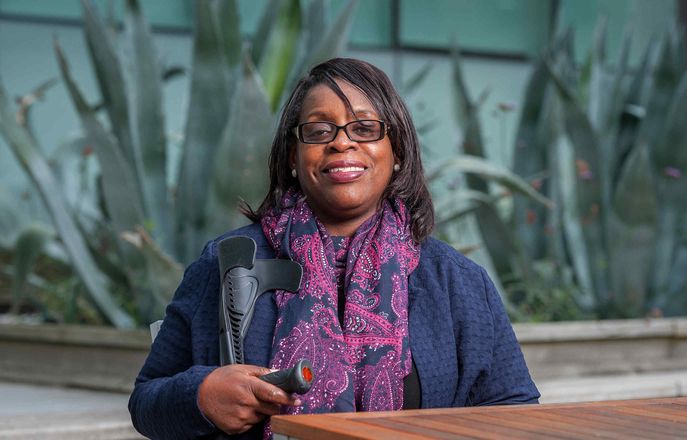2022 Gender and Ethnicity Pay Gap Reports

This October we are publishing our gender pay gap information for the sixth time, and our ethnicity pay gap information for the third time.
The College gender and ethnicity pay gaps arise from an under-representation of women and Black and other minority ethnic in senior grades at the College. The data from 2022 shows that the median gender pay gap has increased back to the level it was in 2020, but the mean gender pay gap has reduced. Meanwhile, the median ethnicity pay gap has remained the same, and the mean ethnicity pay gap has reduced from 17.8% to 12.3%
We continue to work to find ways to close both the gender and ethnicity pay gaps including around our recruitment and retention of female and Black and other minority ethnic professors, which is the single biggest factor affecting the mean gender and ethnicity pay gaps. In alignment with our Race Equality Charter and Athena Swan action plans, we are currently exploring additional initiatives to reduce the pay gaps, which will be introduced in the coming months.
Our work to close our gender and ethnicity pay gaps is also part of our commitment to offer a Total Remuneration Package that is appropriate for our status as a world-leading institution. Our people are the most important part of Imperial and are at the centre of delivering our academic mission.
Best wishes,
Professor Ian Walmsley
Provost
What is the gender pay gap?
Like all other large organisations, Imperial has published details of its gender pay gap. This shows that the gap between the median hourly pay of men and women at Imperial is currently 8.0 per cent.
Imperial's previous gender pay gap figures and previous ethnicity pay gap figures can still be accessed alongside the most current figures. The gender pay gap isn’t the same as equal pay – Imperial rightly pays men and women the same for work of equal value. Doing so has been a legal requirement since 1970.
What is the ethnicity pay gap?
Following a consultation ran by the Government in October 2018 seeking employers’ views on ethnicity pay gap reporting, the Government announced in March this year that ethnicity pay gap reporting would not become mandatory at this stage. Despite stating that such reporting would be an effective tool to assist employers in making a fair workplace, the Government has stated it may not be suitable for all workplaces.
As part of the College commitment to address any barriers to equality, we published our ethnicity pay gap for the first time in 2020 and will continue to do so each year. Figures for 2022 show that the gap between the median hourly pay of Black and Minority Ethnic group (BME) to the White ethnic group (which includes White Other) at Imperial has remained at 8.2% since 2021, this has reduced from 9.4% when it was first reported in 2020.
What are the reasons for our gender and ethnicity pay gaps?
The College pay gaps are predominately down to an under-representation of women and the BME ethnic group in the senior levels of the College: academic grades and Level 7 in the Professional Services job family.
The College has implemented many initiatives over the years to address the broad concept of equal representation at all levels, and we can see this is starting to make a difference. More information on these are shared below.
How do we compare?
Our median gender pay gap is lower than the 2022 national average1.
1 Annual Survey of Hours and Earnings, ONS, 26th October 2022
The College is waiting for the gender pay gap figures for the Higher Education sector to be published to review how we compare to other organisations in the sector.
What are the figures we’ve reported?
Like all other large organisations, Imperial has reported data across a number of different elements: gender and ethnicity quartiles, mean and median pay gaps, and pay gaps in bonuses. You can access the data below for both the Gender and Ethnicity pay gaps.








